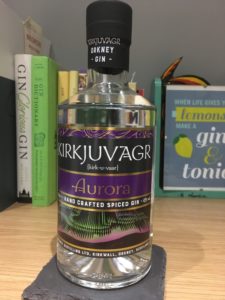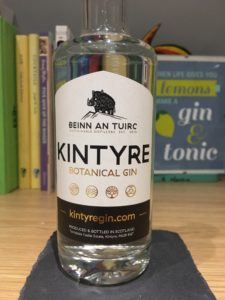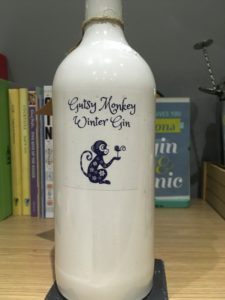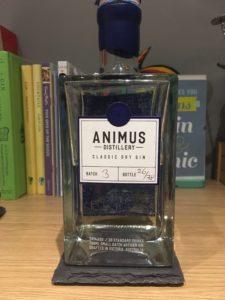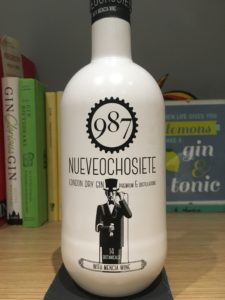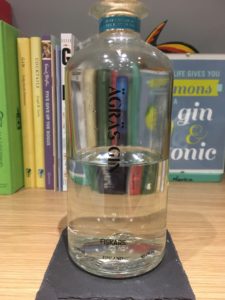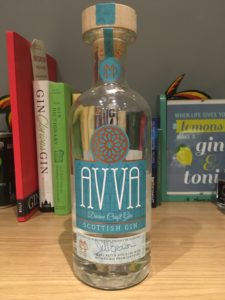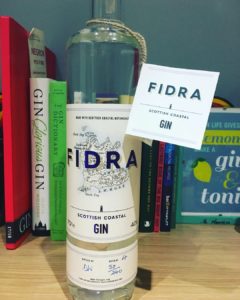Note: I contacted the team at Gael gin and they kindly sent me a bottle to try, but as always I’ll let you know what I think.
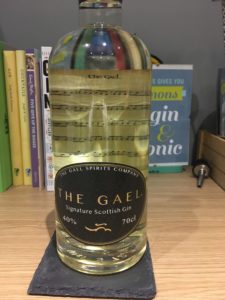 The Gael is an internationally acclaimed Scottish fiddle song that was originally composed for the Loch Ness visitor centre by Dougie MacLean, and since featured in the movie “The Last of the Mohicans”. When his son Jamie and his partner Tanya got together with gin lovers Nigel and Beverley, they wanted to find a way to combine their passions for gin and music. The Gael Gin team differ from the majority of gins as they distil their own base spirit (which in itself is fairly rare) with malted barley which gives the gin a deep, rich base note. Wanting to keep the Scottish connection strong, they use Scottish heather as one of their botanicals alongside juniper, lemon and orange peel, cardamom and coriander. Looking through the bottle shows you the sheet music for The Gael, and the yellow hue is instantly noticeable. So, how does it taste?
The Gael is an internationally acclaimed Scottish fiddle song that was originally composed for the Loch Ness visitor centre by Dougie MacLean, and since featured in the movie “The Last of the Mohicans”. When his son Jamie and his partner Tanya got together with gin lovers Nigel and Beverley, they wanted to find a way to combine their passions for gin and music. The Gael Gin team differ from the majority of gins as they distil their own base spirit (which in itself is fairly rare) with malted barley which gives the gin a deep, rich base note. Wanting to keep the Scottish connection strong, they use Scottish heather as one of their botanicals alongside juniper, lemon and orange peel, cardamom and coriander. Looking through the bottle shows you the sheet music for The Gael, and the yellow hue is instantly noticeable. So, how does it taste?
